Tim Becker, Director of Horticulture at the Theodore Payne Foundation, shares his thoughts about native plant gardening, the relationship between natural landscapes and gardens, and the history of the California Native Plant Walk at Arlington Garden. This interview has been edited for length.
AG: How did the California Native Plant Walk / demonstration garden come to be?
TB: Making beautiful native plant gardens accessible to the public is a core part of our strategy [at Theodore Payne Foundation] to bringing about a greater awareness of native plants and their use in home and commercial landscapes. Kyra Saegusa, who was working as a special projects coordinator at the time, reached out to us in mid-2017 to see if we were interested in pursuing a project in an area of the garden that had been formally designated as a wildflower meadow. We had actually been in touch previously through our Garden Share Network program which links free plants with gardeners/gardens in exchange for stock material of uncommon natives so as to preserve them horticulturally.
This new project was really about creating a solid stand of native plants to inspire people about how they add value to their garden, but also to promote butterfly habitat in the garden, which I believe was part of the objectives of AG at the time. AG Director Michelle Mathews also came on board right around the time this project started so it was also a great way for our organizations to connect and evaluate how we could enhance each other’s mission and co-promote natives through AG.
AG: What was the inspiration for the design?
TB: I wanted to bring a refreshed sense of what natives can be in the garden for audiences that are maybe less familiar with natives than the die-hard native enthusiast we get at the Theodore Payne Foundation (TPF). We are trying to bridge the aesthetic and philosophical gap in conventional gardening practices and part of that is to make natives attractive and accessible to wider audiences. One of the most prevalent misconceptions of native plants is that they are more often brown than green. While we do have a substantial summer intermission in the annual theater of the garden, there are so many natives that serve as verdant foundations to keep the feeling of growth and regeneration alive throughout the year.
Another important point of inspiration was the beautiful backdrop to the garden itself. I felt that the garden had already included so much tree diversity, I wanted to bring the focus down to the ground a bit and focus on more prostrate low growth that wouldn’t compete with the more formidable figures in the garden. I also see our public garden projects as odes to California’s various emblematic plants and genera, so we included manzanitas and shrubs endemic to our area.
People are also always coming to TPF asking what this or that smell was that so invigorated and inspired them on their hike into the sage scrub or chaparral. We wanted to broaden the olfactory horizons of visitors so instead of incorporating the more common aromatic species found locally, we planted strong scented species such as mock orange (Philadelphus lewisii ‘Covelo’) and the subtler spice bush (Calycanthus occidentalis) which would cast intoxicating perfumes in the seating area for various periods of the season and entice visitors to discover their origins.
As in almost all of the projects that we work on, I also wanted to include something that is rare and in high demand horticulturally, so we included a cluster of Eriogonum crocatum (Sulfur buckwheat) in the sunnier portion of the garden where I thought it would be a bit drier. Collecting seed of this species is easy and it’s an amazing plant for rock gardeners or people looking for little plants to fill sunny spaces, or as a nice specimen in a container. It’s an unusual species with chartreuse flower color and stark white foliage. Having something endemic and rare in a garden really helps tie it to this place we call home and gives the suggestion of the garden as a place of conservation and restoration.
AG: When planning for the garden and its location at AG, what did you have to consider? Obviously the soil and sun exposure matter, but were there other considerations?
TB: The area of the garden that was relinquished to our vision had several issues at play when we got there and still are presenting issues in the garden now. The major biological component that we considered was the Platanus racemosa (Western sycamore) in what seemed to be the most trafficked part of that garden area and also included seating, so we wanted to make sure we to enhanced that area as much as possible. There were also some pretty pernicious weeds and native plants that had gotten out of control – a component which needs to be addressed for any garden to thrive. So I will definitely say this much for people considering planting Rosa californica or Romneya coulteri: buyer beware! These are rhizomatous plants that spread vigorously and are nearly impossible to eradicate with non-chemical methods, so only plant them in areas where it’s okay to have a monocrop of them; they will out-compete and win every plant battle you put them up against.
Bindweed was also pretty aggressive in the garden and sheet mulching over that species only keeps it going in the long haul. In retrospect I think there was really nothing we could have planted to compete with those, but the ground cover we planted is still there and doing okay despite the ongoing pressure. I also wanted to ensure that we had blooms throughout the year, and so we included summer standouts like gumplant (Grindelia camporum) and CA sand aster (Corethrogyne ‘Silver Carpet’) which are favorites of pollinators when things like salvias, monkeyflower and lilacs are fading from spring.
I also wanted some things that would explode with growth to give some immediate satisfaction, so the slower growing manzanita ground covers were planted adjacent to Salvia ‘Green Carpet’ and Ceanothus ‘Anchor Bay’, which have a quicker uptake in the ground. Adding something that is immediately local to an area is also one of my favorite ways to incorporate a conservation ethic, so the only large shrub we placed, Rhus ovata (sugar bush), was grown from seed collected in the San Gabriel river watershed, of which Arlington Gardens is a part. In that way, even if it is only one individual plant specimen, we can say that a plant truly belongs to the space it has been planted.
AG: Is there any part of this garden that has exceeded your expectations?
TB: I really like how the sycamore grove under-story planting worked out. I just passed by there this past week and found the contrast of the CA sand aster silver foliage and plump, ripe, purple fruit of our native golden currants brilliant. That area was perceived to have a lot of moisture throughout the season so we needed to plant something adaptable to account for those conditions. The area had the lowest weed pressure, so the ground covers (Arctostaphylos ‘Pacific Mist’, Corethrogyne ‘Silver Carpet’) were very vigorous as well as the CA dune sedge (Carex pansa) that we planted closest to the trees. This same area also had western columbine (Aquilegia formosa) integrated, and those are also performing really well.
AG: What is the relationship between your design work and nature (natural forms, features, processes)?
TB: I am always trying (and failing!) to capture those perfect moments when you are out in the wild and you come upon a landscape perfect in its composition and distribution of plants: the 80-year-old fifteen foot bigberry manzanita half gnarled growing out of the side of a decomposing granite boulder with lichens and dudleya and monkeyflower alongside, and around the corner a redshanks multiple bark peeling trunks leading to arching branches dropping with the weight of a million rose flowers.
I think it’s hard to see that kind of mature native landscape and want to replicate it in your garden, because really they are two different places: one that has taken generations upon generations and millions of trials and errors and more losses than gains to get where it is, and one that we expect to give us happiness and joy almost immediately for under $300 worth of plants, and every one of them better live!
AG: So is there any way to incorporate the wild into our gardening?
TB: … that doesn’t mean we can’t derive inspiration from what we see on the trail. Planting based on what occurs naturally together in the wild is a great place to start for people beginning to garden with native plants. Part of my way of bridging that gap is to focus on a process called plant succession. This is an ecologically inspired way of landscaping whereby you are replicating some kind of disturbance event (i.e. fire, flood, fallen tree etc.). In those events the slate is wiped clean, nutrients return to the soil and seeds in the soil seed bank germinate over the course of the following several years.
The first to come are quick growing perennials, annuals and grasses. These are slowly replaced by larger shrubs and bushes with pockets of the previous plant community remaining in corners and along edges. These larger shrubs eventually give way to woodland and forest (or chaparral) as slower growing species are nursed along by the shade and protection of the intermediate growers. In gardens you can do the same things, especially since when you first plant a garden there is a lot of “negative space” you can fill with quick growing perennials, wildflowers and ornamental grasses. The key for this process to work, however, is a willingness to perform “reductive gardening” (a.k.a ripping things out). Culling or thinning the plants that are no longer suitable to a new, contrived plant ecology allows the new wave of plants to perform up to its full potential. Competition between plants in the garden will always exist and in native gardens the things that tend to be very happy can become very…aggressive. It’s not bad to pull plants out, it’s an act of disturbance which is an opportunity for growth.
AG: On a more personal note, how did you get involved with native plant horticulture? Was there a moment of epiphany in your relationship with CA natives? Or has this been a life-long passion?
TB: I was very lucky to be exposed to California’s natural beauty when I was in boy scouts as a kid, and later in life I truly marveled at our biological wonderland as a student at UC Santa Cruz, where I was able to visit and study at several of the University’s 40 something reserves spanning the state and its floral and faunal diversity.
I had focused my studies on sustainable agriculture and truly believed I would be engaged in the food system in some way, but I veered towards growing CA native plants instead as it would bring me closer to home and my family. It ended up being really fortuitous because working at TPF combined my passion for propagating and growing plants with my love of CA flora. When I came back to Southern California, I also started to see the expanse of green turf as basically the conventional agriculture of the urban landscape, something that needed to be upset and revolutionized. I think at that point I truly understood how important our work was here at TPF and how critical getting people to value nature, wildlife and wild plants is today.
AG: What is important and special about gardening with natives?
TB: I have always viewed the garden as a place of autonomy for the gardener – a space where someone can express themselves and live out their botanical dreams. So, we really don’t believe in a purist native ethic at TPF for the home garden, nor do I. We don’t want to people to get turned off by natives by thinking it’s our way or no way. I don’t think anyone trying to make real change can afford to be that myopic at this time in human history.
People come to us for different reasons — be it they want to save water or they want to see hummingbirds from their kitchen window, or they want a native plant that works well in vegetable gardens. We obviously strive for an authentic CA native garden experience at our site, but we believe gardens should be diverse and serve as a reflection of the intention and goals of the gardener.
I also believe that gardens can be and starting to be used as a reflection of a growing social-environmental consciousness and planting natives is a way to bring an awareness to the community of what is wild, beautiful, and ecologically beneficial in your back or preferably front yard. Native plants took a geologic amount of time to get where they are today and here in CA due to our climactic, geologic, and topographical diversity, so many species are specialized and require very specific parameters to grow or pollinators to get fertilized and produce seed. These conditions are what makes CA ranked as one of the world’s most biologically diverse regions. I believe we have a small obligation in some way to this place, which so many of us have benefited and gained from, to give back to the wildlife which also calls this place home.
AG: Any advice for home gardeners during the pandemic?
TB: Since folks are probably home a lot more often you are probably helicopter parenting your plants, so I’ll say this for people newer to native plant gardening: remember natives like the proper amount of neglect so don’t helicopter them too much (i.e. over watering and over pruning)!
AG: Favorite native tree?
TB: While most live between 1,000 and 2,000 years old, some individuals of Pinus longaeva (Bristlecone Pine) can live over 5,000 years, serving as a living, albeit nearly completely fossilized, record and witness to so much natural and human history – which to me is the a most impressive feat of a living, breathing organism.
AG: What was the last great book you read on gardening (or film, article)?
TB: Planting in post wild world: Designing plant communities for resilient landscapes by Thomas Rainer and Claudia West is a brilliant read, speaks to a lot of what I mentioned in terms of succession planting, and is a great resource and inspiration for wild plant gardeners.

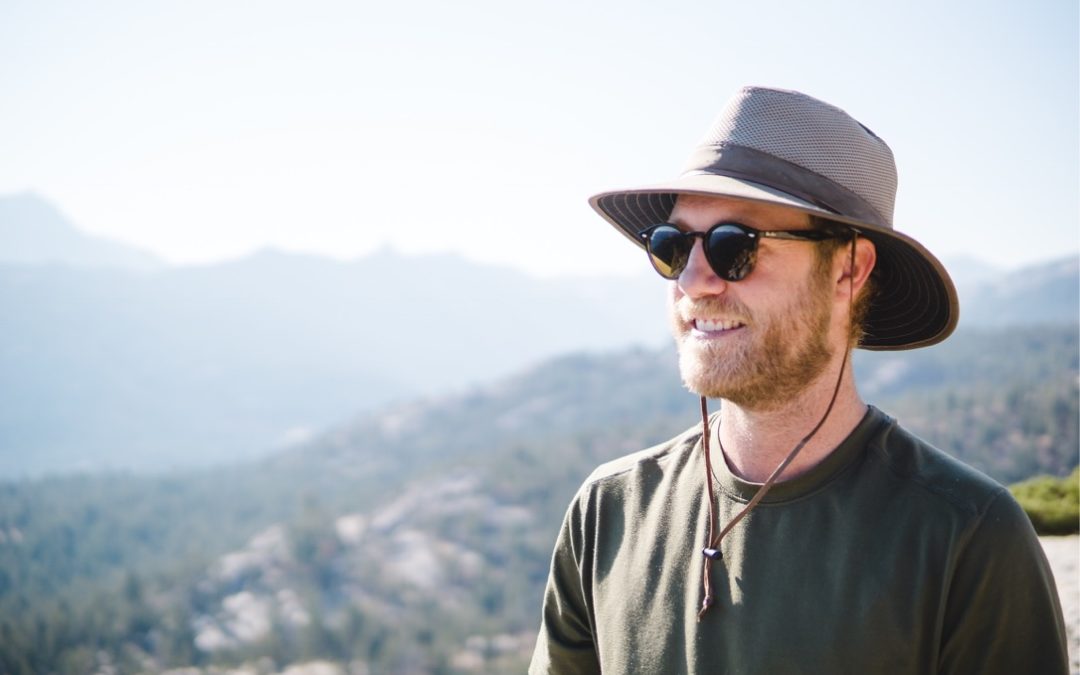
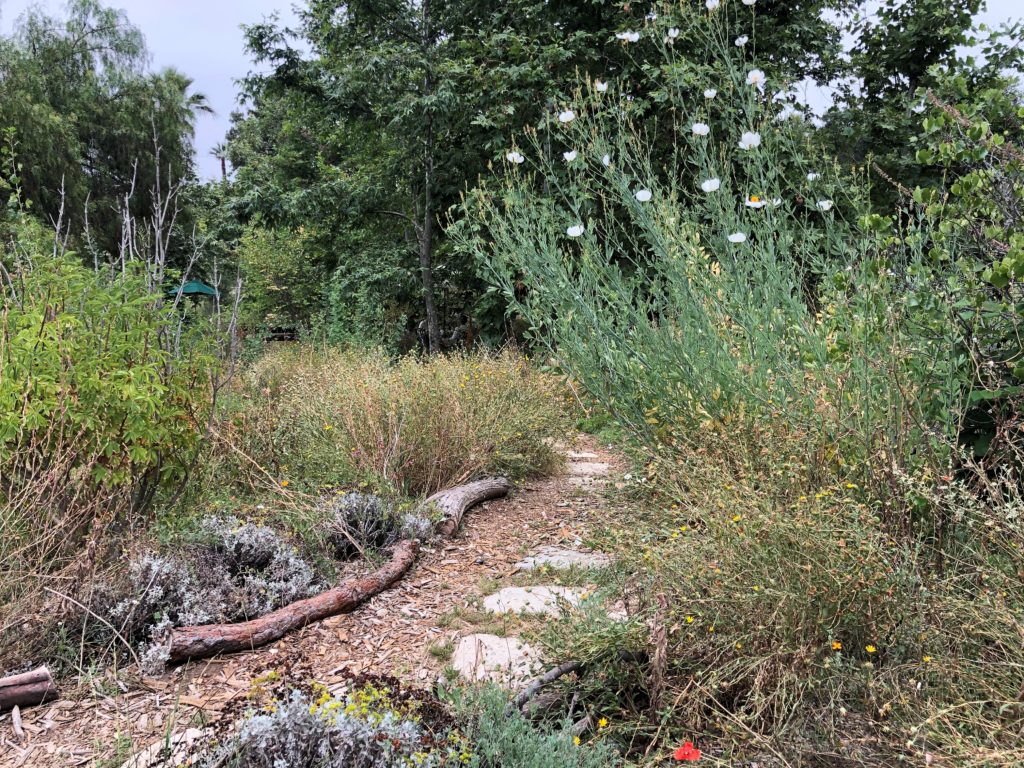
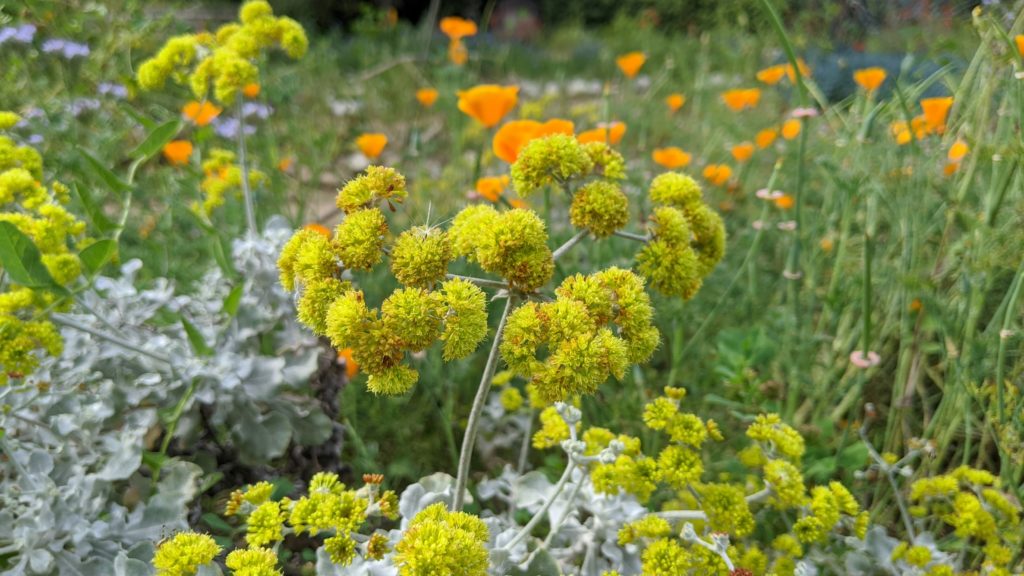
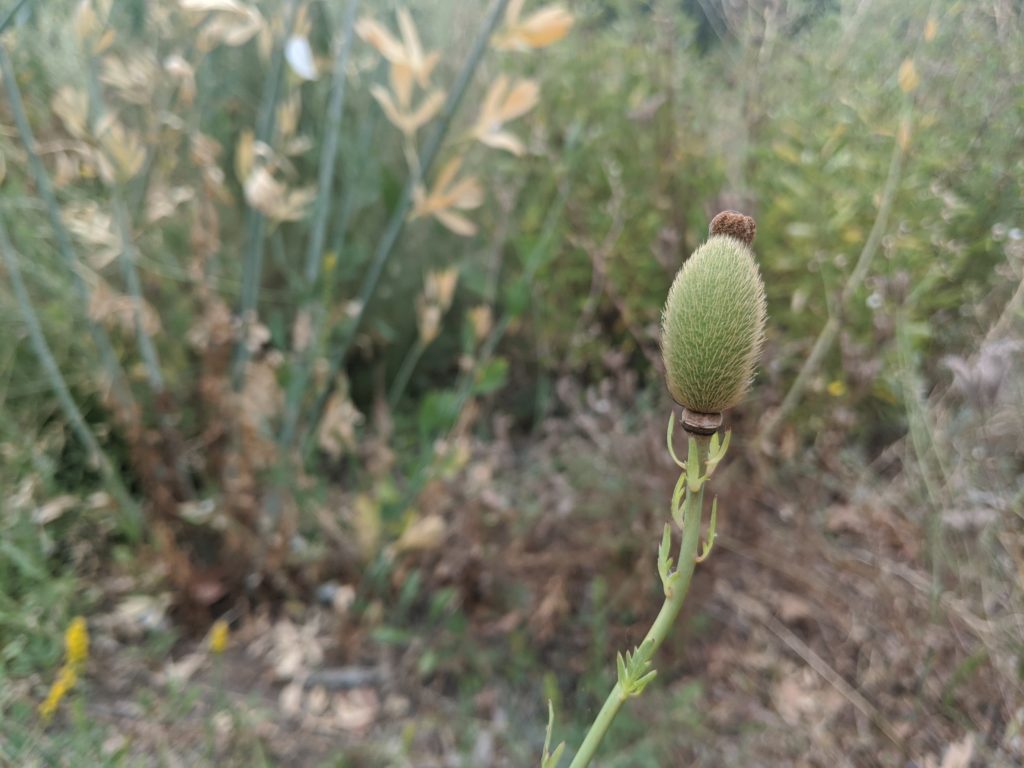

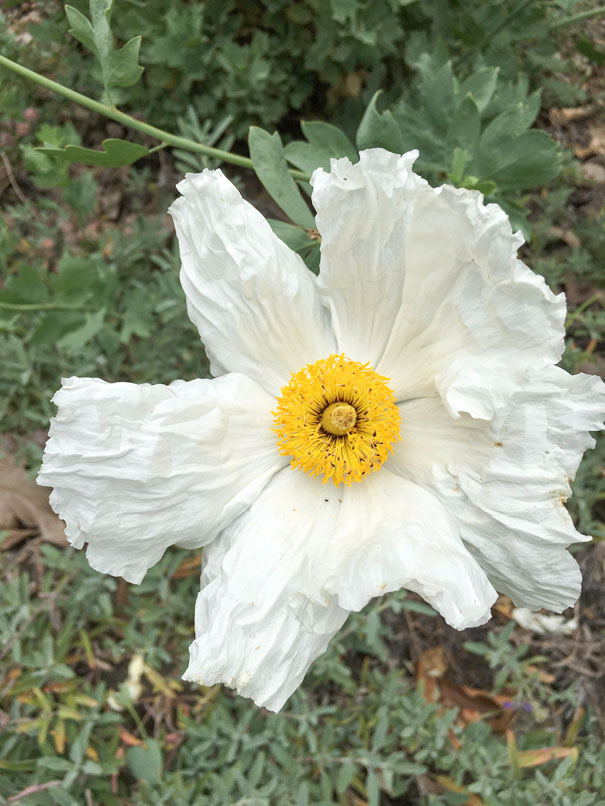
Recent Comments